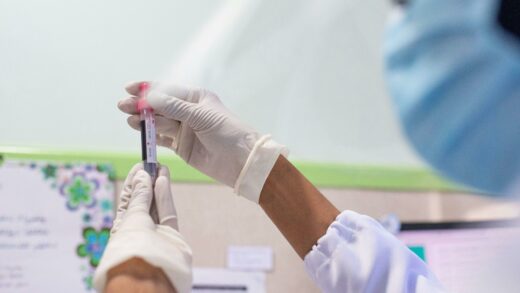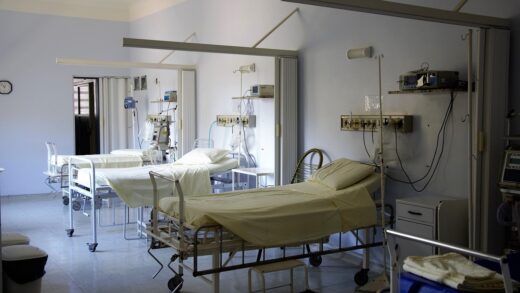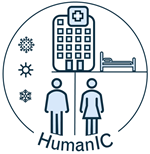This presentation examines the microbiological basis of infection transmission in hospitals, covering the types of pathogens, their routes of transmission, and modern control strategies used to reduce infection risks in healthcare environments.
Main Objectives: Understand the role of microbiology in hospital environments. Identify key pathways of infection transmission. Recognize both established and emerging pathogens. Explore technological and environmental strategies for infection control.
Pathogen Categories in Hospitals: Bacteria: Gram-positive: MRSA, Clostridioides difficile, VRE – spread via hands, surfaces, catheters. Gram-negative: E. coli (ESBL), Klebsiella pneumoniae (CRE), Pseudomonas aeruginosa – common in water systems, equipment. Fungi: Aspergillus, Mucorales, and Candida – particularly dangerous for immunocompromised patients; thrive in humid and poorly ventilated areas. Viruses: SARS-CoV-2, Influenza, Norovirus, Herpes, and Hepatitis B – spread via droplets, airborne routes, surfaces, and direct contact.
Modes of Transmission: Airborne (e.g., TB, COVID-19), Droplet (e.g., Influenza, Pertussis), Direct contact (e.g., MRSA), Indirect contact via surfaces, Fecal-oral (e.g., Norovirus, Cholera), Vector-borne (e.g., Dengue, Malaria)
Infection Control Strategies: Ventilation Systems, Ultraviolet Germicidal Irradiation (UVGI), Advanced Filtration (HEPA), Reactive Air Purification
Conclusion: Combining microbiological understanding with environmental controls like ventilation, UV disinfection, and filtration forms the foundation for effective infection prevention in hospitals. Innovations must be rigorously tested in realistic settings to ensure both efficacy and patient safety.




